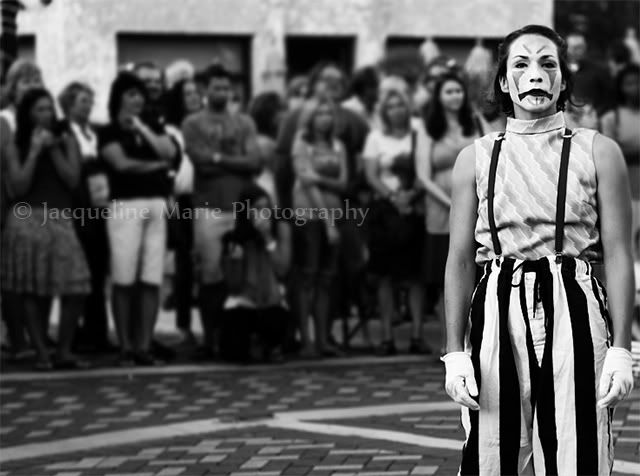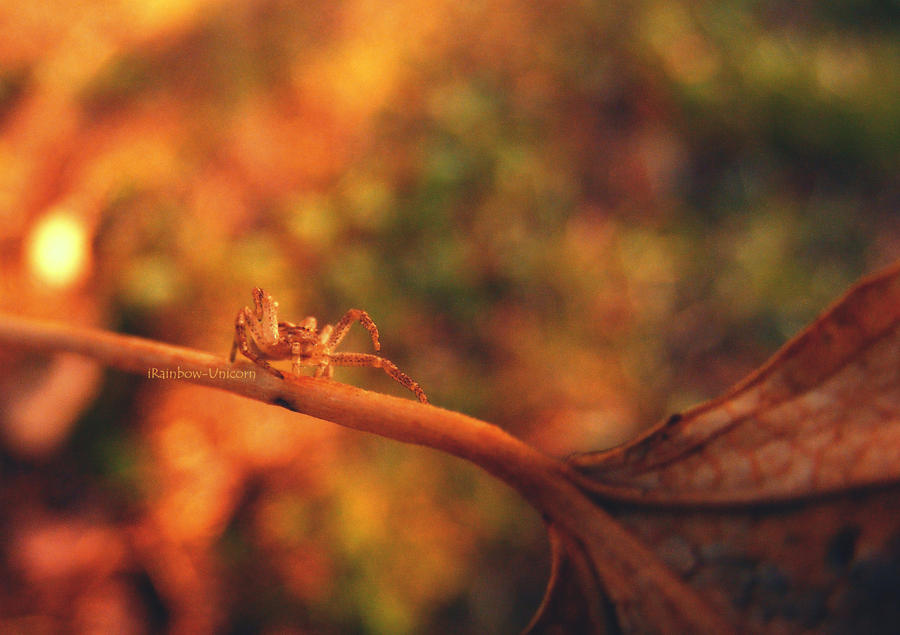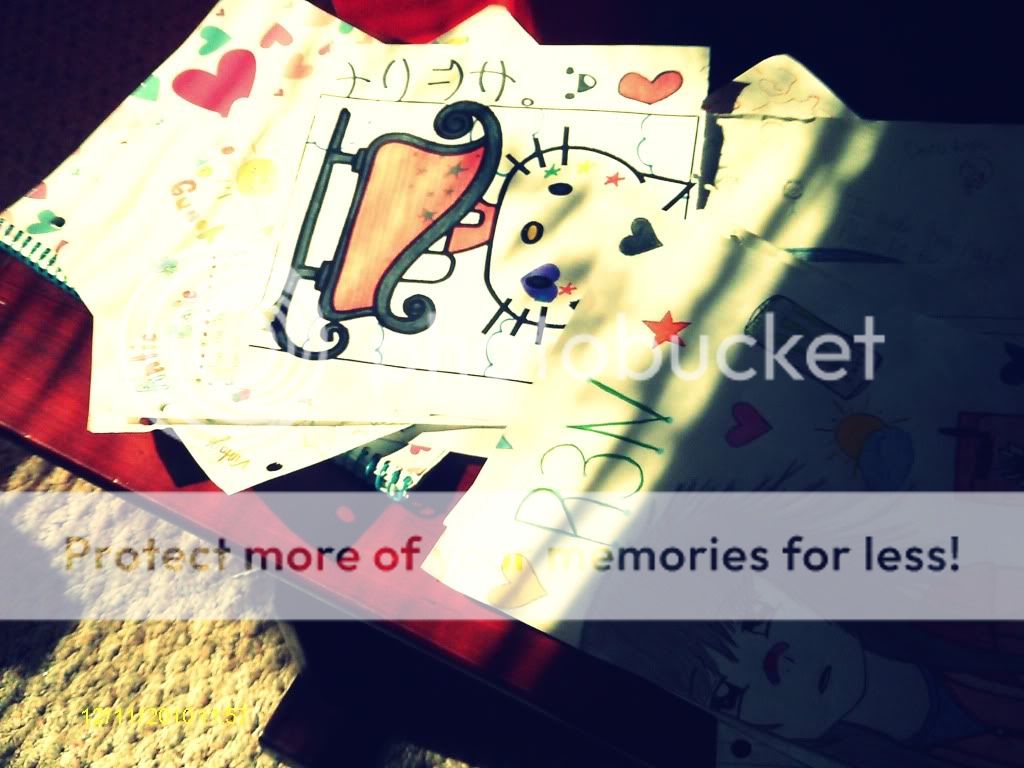- Title: Fountain
- Artist: Ralphiie
- Description: A fountain somewhere in Washington DC. All the building structures there were so pretty. D:
- Date: 07/15/2008
- Tags: fountain washingtondc other
- Report Post
Comments (7 Comments)
- Le Eloquent Silence - 02/17/2009
-
Low camera angles- taken from below "worm's eye view" makes the object look strong, dominant ( This is also used in film making and the best example i can give you is The Terminator.)
well that is pretty much all the easy information i have for you. i hope it helps you create masterpieces in the future ^_^ (and no im not saying what you did is completely bad. anyone can take a photo. but the ones who stand out the most are the ones who can create powerful, striking images. - Report As Spam
- Le Eloquent Silence - 02/17/2009
-
now onto technique:
Panning: Referrers to using medium shutter speed to follow fast moving objects. Object is focused, Background is streaked .
Frozen motion: Use short shutter speed, E.g 1 over 1000th sec. to capture motion without blur. E.g falling drop of water
Blurred motion: use the long shutter speed, E.G 1/2 sec, 1/8 sec, to capture a movement as a blur.
High camera angle- taken from above "bird's eye view" makes subject look small and inferior (also used in media, when making films) - Report As Spam
- Le Eloquent Silence - 02/17/2009
-
Texture- It looks how it feels
Back-lighting- Light comes from behind the center of interest
Silhouette- Same as back-lighting. (extreme back-lighting)
contrast- dark against light
in the next comment i shall explain a few techniques. This is all very basic knowledge to new and budding photographers. - Report As Spam
- Le Eloquent Silence - 02/17/2009
-
Frame inside a Frame- Uses naturally occurring frames. Eg. Trees, Window frames.
Pattern and repetition- Things that repeat
Cropping is also useful. You cut down the picture so the viewer is forced to imagine whats going on within the rest of the picture. - Report As Spam
- Le Eloquent Silence - 02/17/2009
-
Background (and sometimes foreground) is OUT of focus.
Depth of Field:
narrow- use f2, f4 (large aperture)
wide- use f22, f16 ( small aperture)
Leading lines- lines that lead your eye into the picture
s-curve Just like leading lines except they are curved - Report As Spam
- Le Eloquent Silence - 02/17/2009
-
ok so:
Rule of thirds: [ : : ] <--- pretend that is a photograph.
The rule of thirds is about the "center of interest". The center of interest is where the eye is lead to first. In the "photograph" you will notice some dots. Those dots mark where the center of interest can be. you don't have to use all of the "center of interest" points. You only need to choose one.
Selective focus: use "narrow" Depth of field to isolate center of interest.
The center of interest is IN focus
- Report As Spam
- Le Eloquent Silence - 02/17/2009
-
im afraid to say that this is not.. what i would look for in photography. The center of interest isn't in the "rule of thirds". Its also a tad too exposed.
ill give you some infomation in the next comment. ill give you a 3/5 for the effort
- Report As Spam























